FOREST CONSERVATION OP-ED
Saving the endangered Cape parrot’s natural habitat by planting one tree at a time
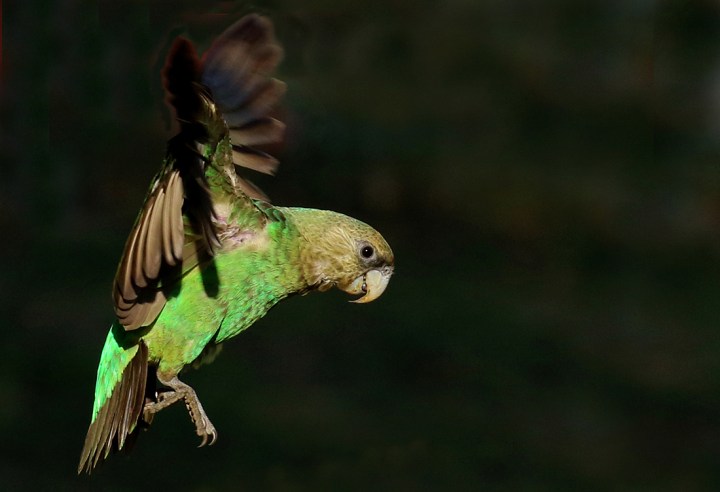
Saving forests and planting new trees are critical to saving the endangered Cape parrot. Dr Jessica Leaver, landscape conservation manager at the Cape Parrot Project, writes that monitoring the Cape parrot habitat will guide sustainable forest management, protection and restoration measures.
I am a conservationist. My colleagues and I are committed to planting trees to lure the endangered Cape parrot back to its natural habitat, as well as to restore degraded forests.
If we plant enough trees, hopefully, these beautiful birds will come back, make little parrot babies, and then spread out and multiply. The Cape parrot is South Africa’s only endemic parrot and is one of a kind.
The national population numbers fewer than 2,000. Cape parrots are forest specialists, relying on intact indigenous forest for feeding, nesting, resting and socialising. Although regionally abundant in some areas, forest is scarce elsewhere in South Africa. At less than 0.5% of land cover, forest is our smallest biome and restricted to southern and eastern escarpments and coastal lowlands where sufficient rain falls to support it.
Cape parrots are found mostly in high-altitude mistbelt forests stretching from Hogsback in the Eastern Cape into southern KwaZulu-Natal. Limpopo has a small population.
Cape parrots are fussy when breeding. As secondary cavity nesters, they rely on pre-existing holes in tall trees or in snags (standing dead trees) and typically nest in yellowwoods, specifically Outeniqua yellowwoods.
Although much of South Africa’s forest extent, albeit limited, remains intact, extensive selective logging by pioneers changed the quality of these forests, with yellowwoods being particularly hard hit.
Old-growth forest and its critical habitat structures, such as towering yellowwoods and large snags, are now relatively rare. This limited availability of nest sites is a significant threat to the Cape parrot, making its endangered status very real.
South African forests are now protected, but regulated harvesting of yellowwoods still occurs in the Amathole region, threatening a Cape parrot stronghold.
The Cape Parrot Project is working with government to revise tree selection criteria to ensure potential nest trees are not harvested.
The Cape Parrot Project and its multiple partners are working to develop and implement a long-term habitat monitoring programme in priority Cape parrot forests to support forest protection and inform conservation planning.
In a more hands-on approach, the Cape Parrot Project has been conducting ecological restoration in the Amathole region for the past decade.
This focuses on managing alien vegetation and planting indigenous forest species so that degraded areas in and around indigenous forests will transition into Cape parrot habitat.
As the Cape parrot is a flagship species for mistbelt forests, efforts to conserve them stand to benefit all forest-dependent species.
Natural forests comprise less than 0.5% of South Africa’s land cover yet contribute disproportionately to biodiversity and human wellbeing. National legislation aims to see forests managed sustainably in partnership with local communities.
However, governmental authorities responsible for this are under-resourced, with de facto open-access systems of management persisting. Limited monitoring occurs, and the capacity of local communities to meaningfully partake in management remains limited.
Consequently, unsustainable resource use is driving degradation and threatening forest specialists such as the endemic Cape parrot. Support for monitoring to inform management of priority forests in Cape parrot distribution is urgently needed.
South African legislation lays a solid foundation for effective forest management that ensures human well-being and biodiversity conservation. However, implementation is hindered by a lack of technical and operational capacity.
The lack of capacity to manage and protect South Africa’s forests is resulting in habitat degradation, which threatens biodiversity and human well-being.
Underpinned by efforts to conserve the endemic endangered Cape parrot, through a research-to-action approach, this project will develop tools and technical approaches for monitoring; train government-employed personnel and community-based eco-rangers, and implement joint monitoring in priority forests.
This project will create an enabling environment through which top-down and bottom-up monitoring programmes are developed, implemented and integrated, contributing to preventing, halting and reversing degradation.
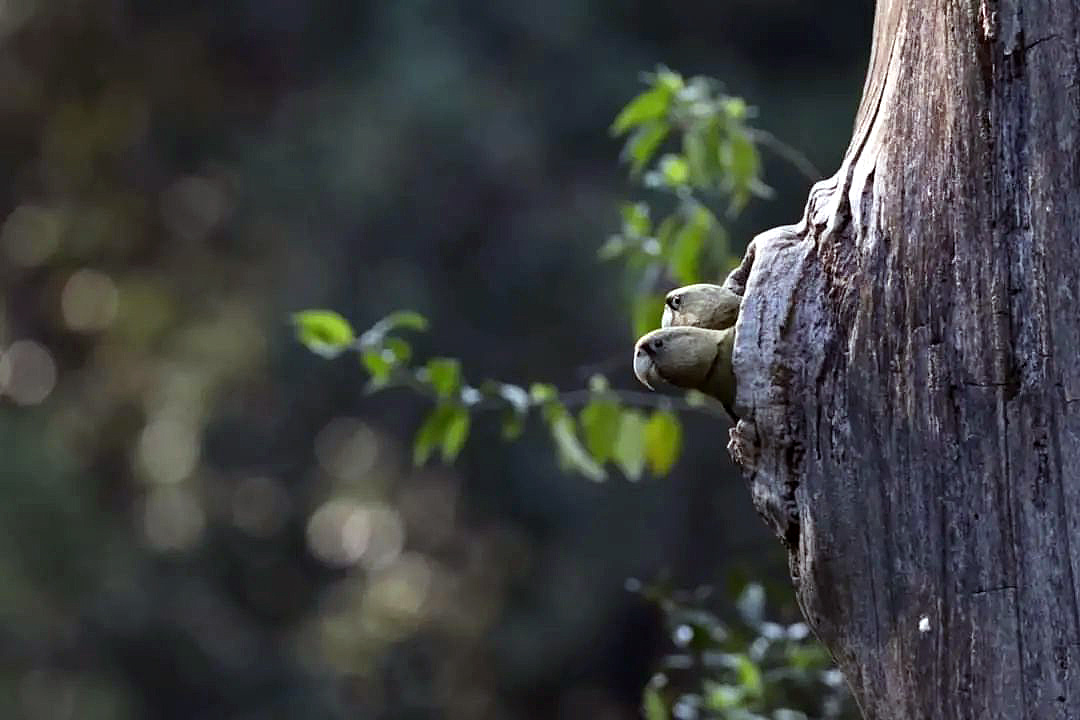
Limited availability of nest sites is a significant threat to the Cape parrot. (Photo: Mike Henshall)
Last September, our small team of Cape Parrot Project members, namely Siya Sonjani, Manica Sokoman, Banele Dosi and me, spent time implementing our monitoring plan. At this time of the year, there is much rain and, of course, mist. After four months of dry, chilly winter conditions, the forest welcomes this change in season, soaking up water like the living sponge it is.
The towering, sprawled canopies of Outeniqua yellowwoods bear their perfectly round, yellow fruit, just visible through the drifting mist, while the bright red offerings of the gnarled, cavernous lemonwoods glisten below like so many tiny forest rubies against the deep green of leaves.
There is no better time to experience mistbelt forest, and Cape parrots know it too. It’s the yellowwoods they are after – their favourite forest fruit. At this time of year, not having to venture far for food, they spend long days in the forest, making short, noisy flights from canopy to canopy, feasting on yellowwood kernels.
Armed with DHB tapes, GPS, a spherical densitometer, a range finder, data sheets and carefully measured and marked lengths of rope, my colleagues and I are on a quest to learn more about this forest, and particularly, what makes it such a good habitat for Cape parrots.
It has taken some careful planning and preparation to get to this point, as attempting to quantify, in human terms, the condition of another species’ habitat is a tricky business.
Collaboration with partners has enabled the development of a field-based method to measure and track changes in the Cape parrot habitat. This is a vital component of our efforts to conserve this conspicuous yet enigmatic species, as it will allow us to determine where habitats are being degraded and why, and what conservation strategies are needed to halt and reverse this.
Over three sunlit days, between the spring rains and mist, with the assistance of a service provider from Cape Town and their lightweight drone, we were able to conduct aerial surveys of four key Cape parrot forests near our base in Hogsback.
Surveys were conducted over 40ha of each of our four key forests, with a total of 160ha of Cape parrot forest habitat being surveyed from above.
With this progress made, and more to come over the next few months, we look forward to implementing an integrated forest monitoring methodology in priority Cape parrot forests in 2024. DM
Dr Jessica Leaver is landscape conservation manager at the Cape Parrot Project.

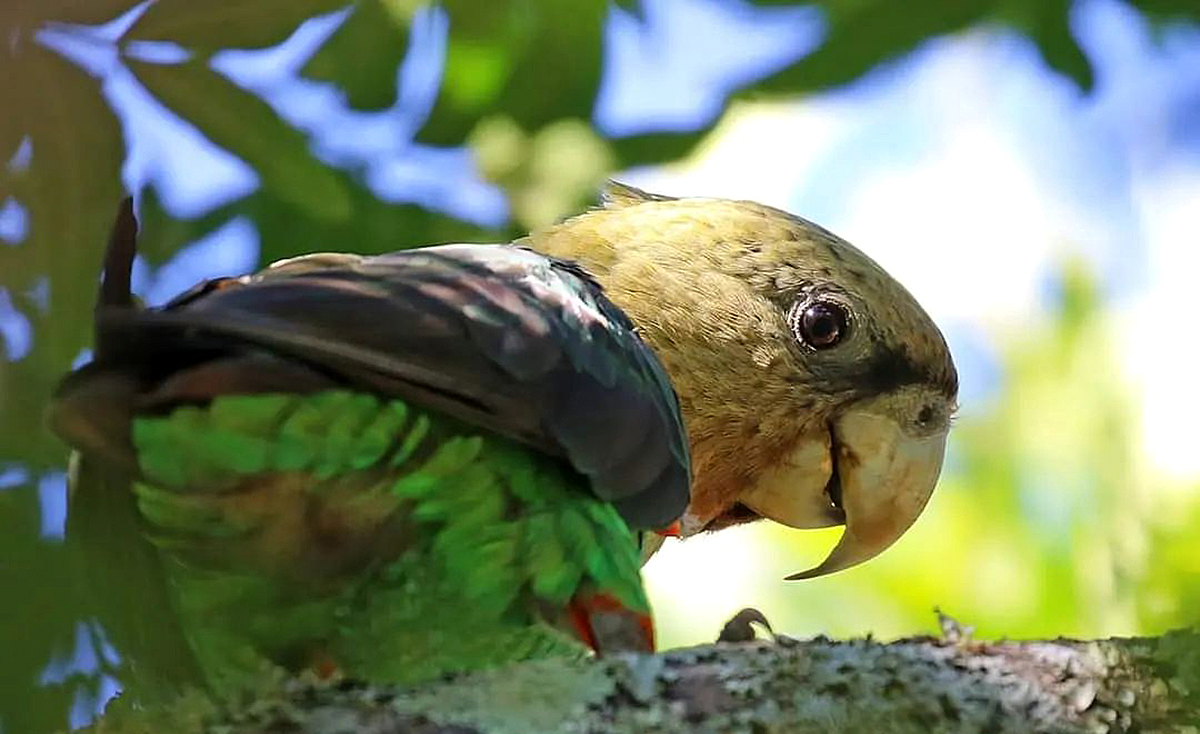
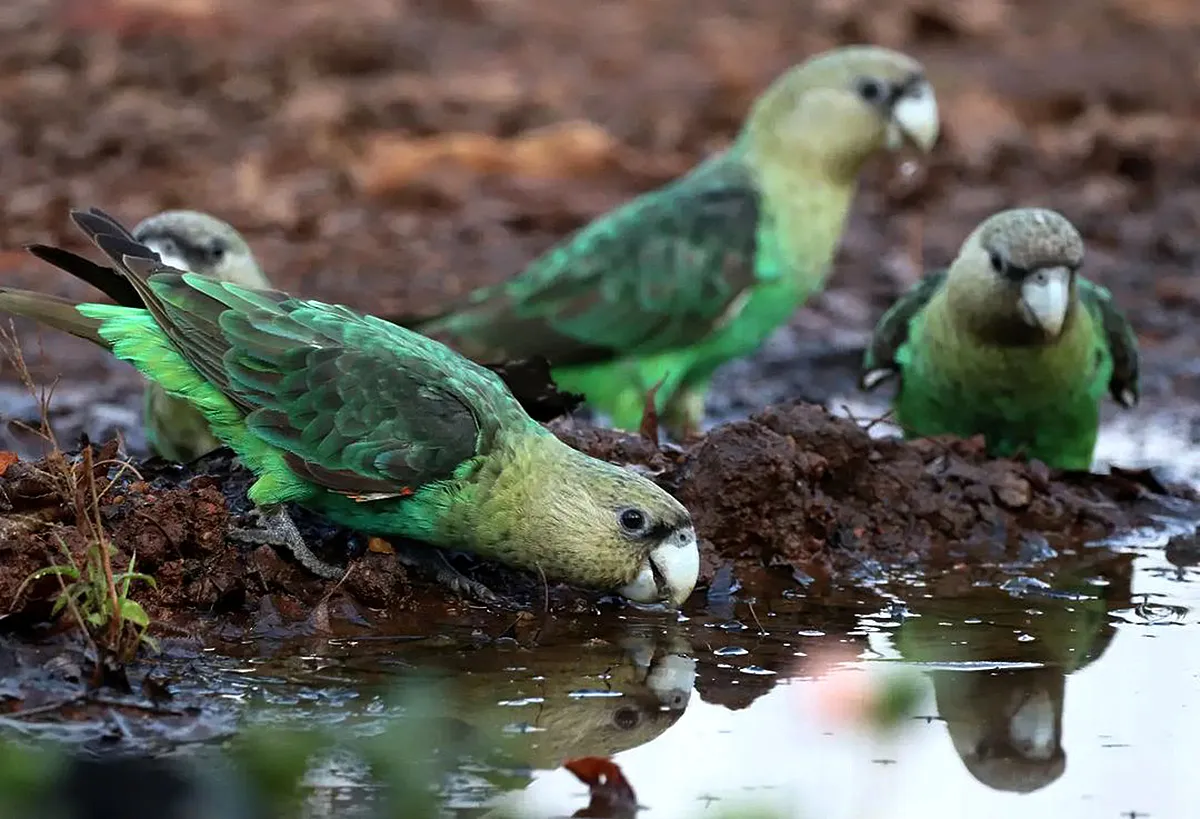
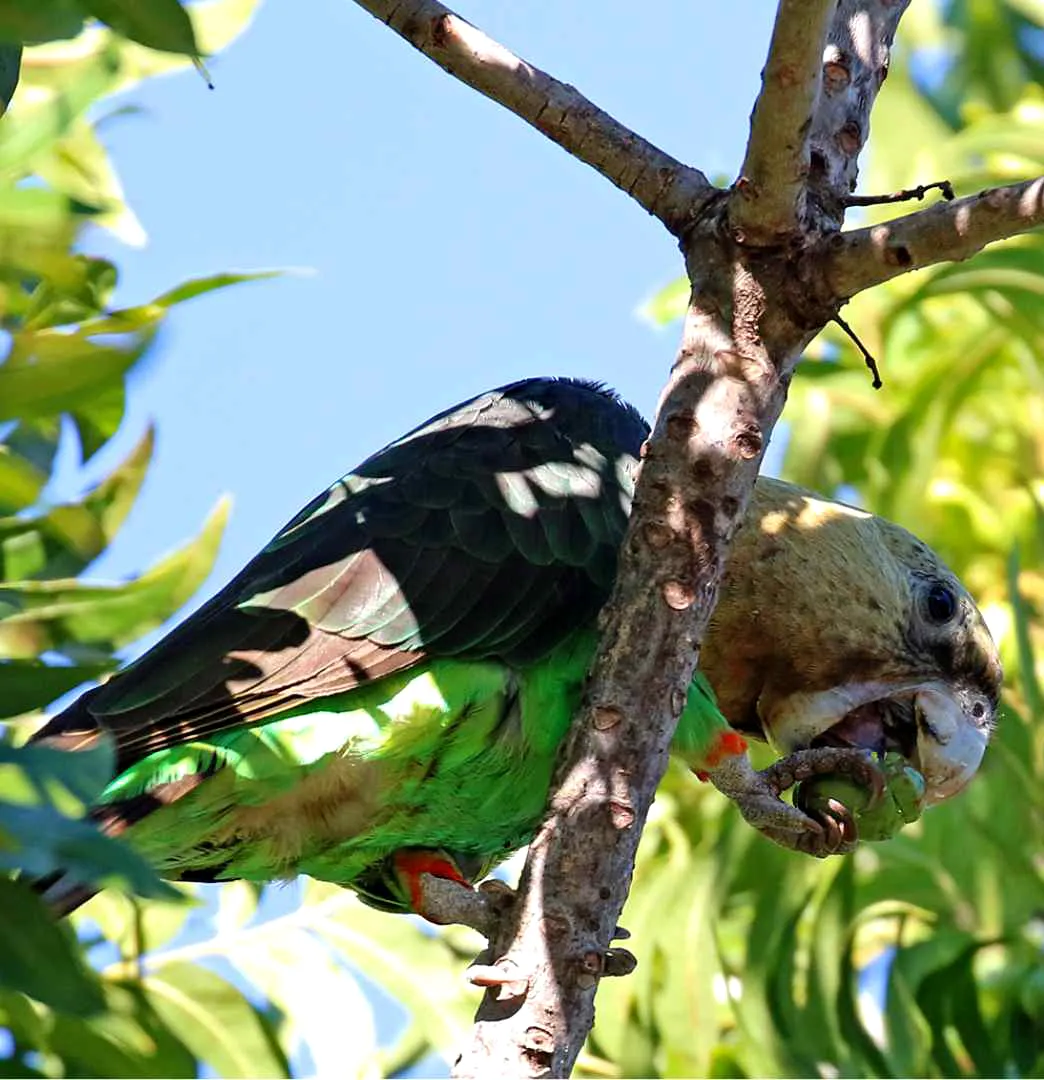
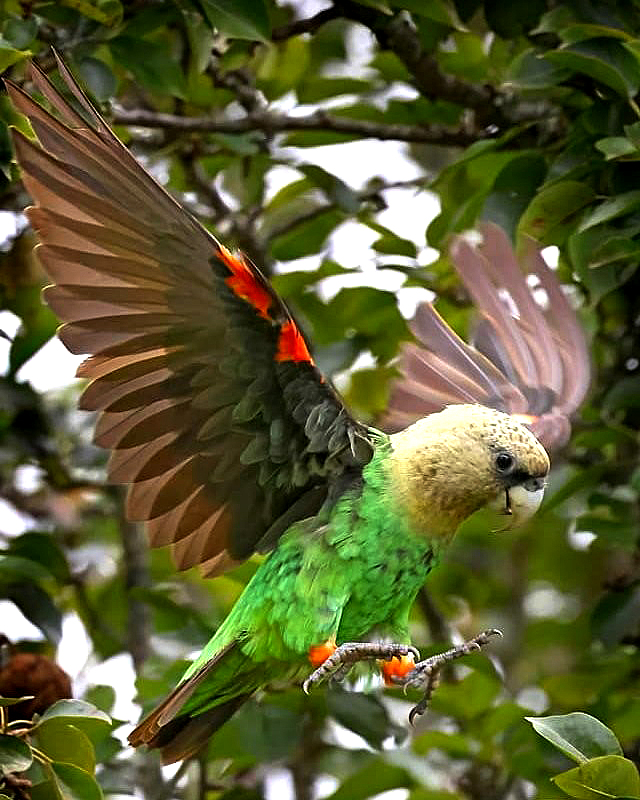
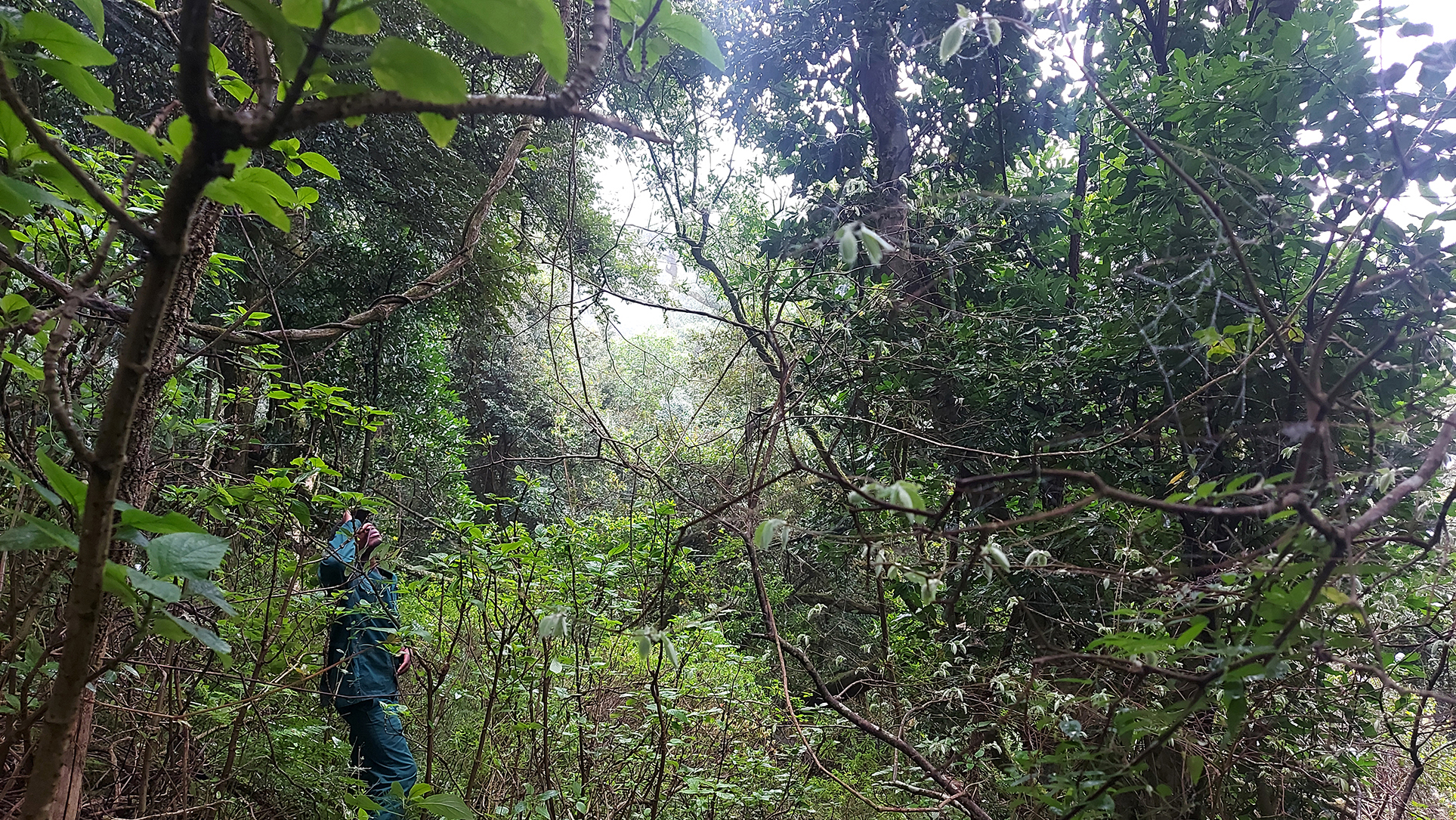
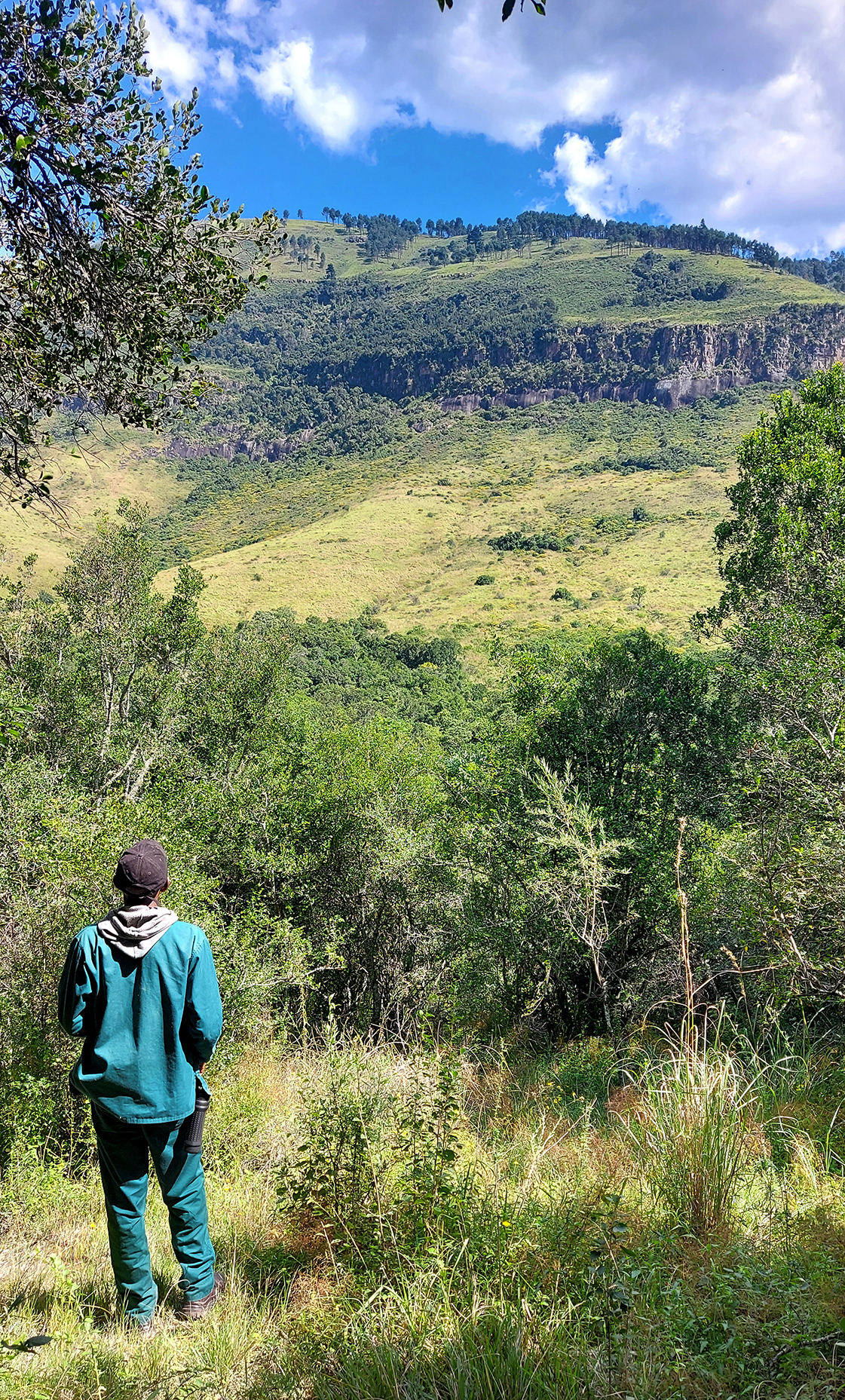
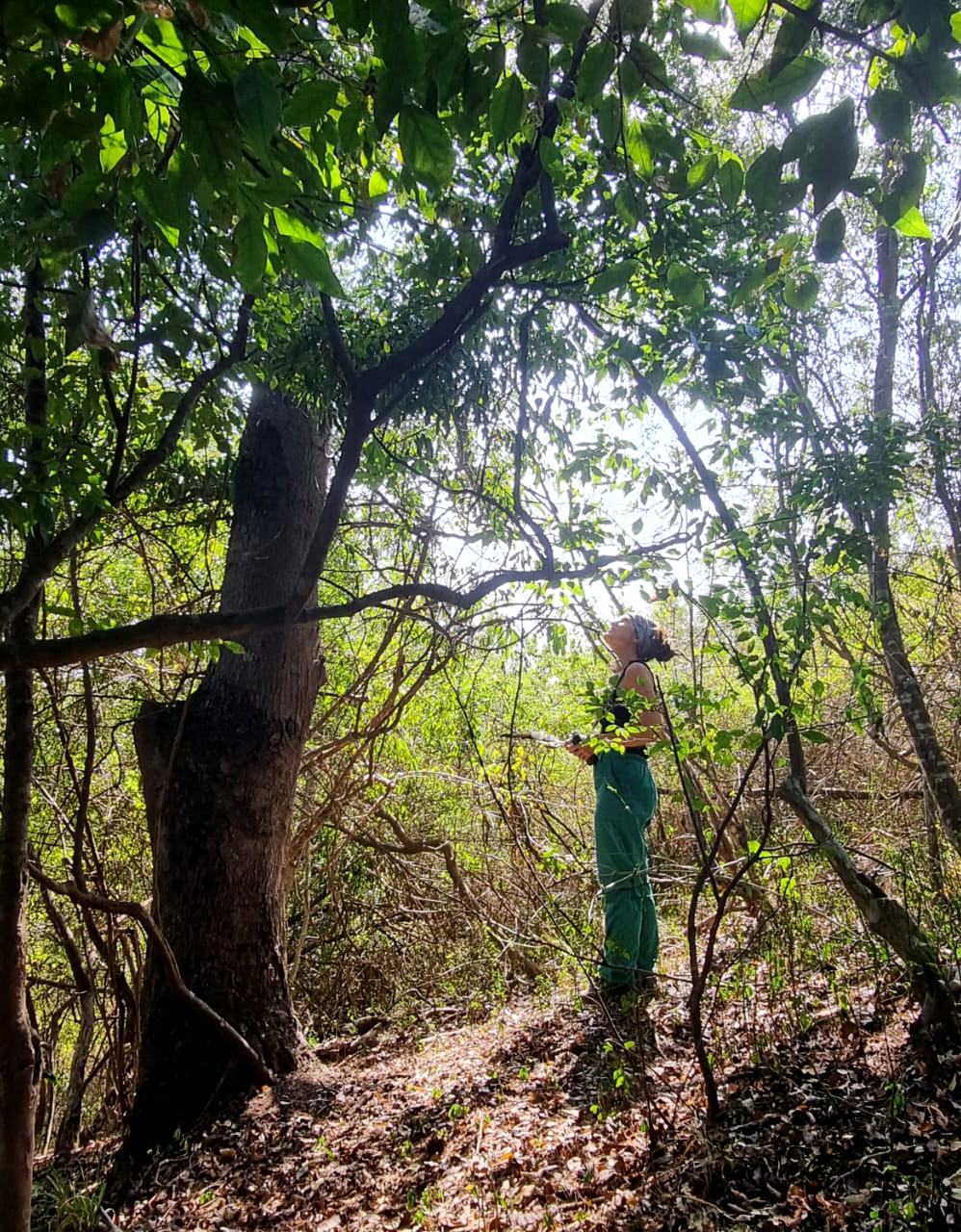
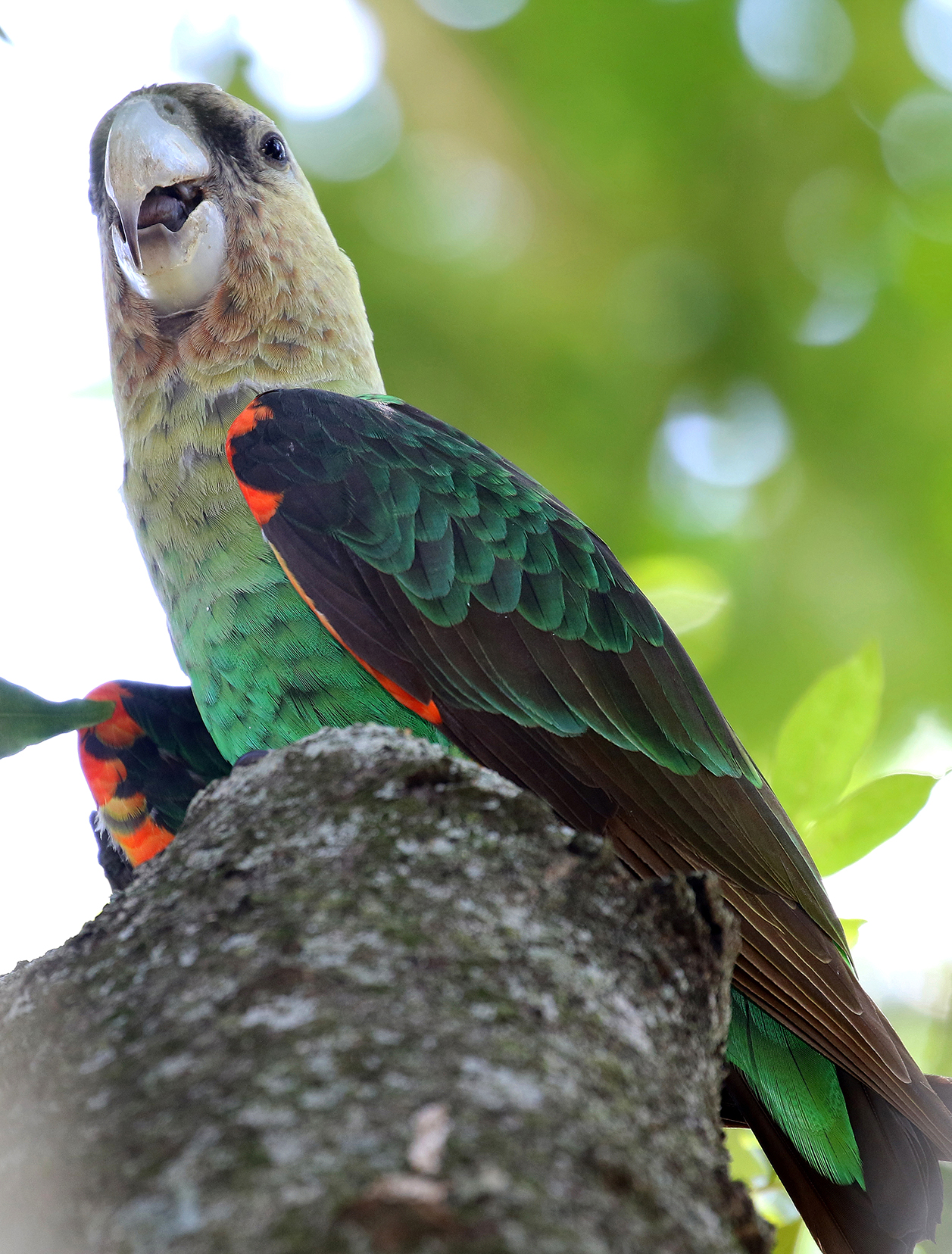

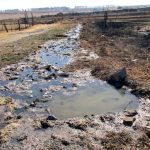













 Become an Insider
Become an Insider
Comments - Please login in order to comment.